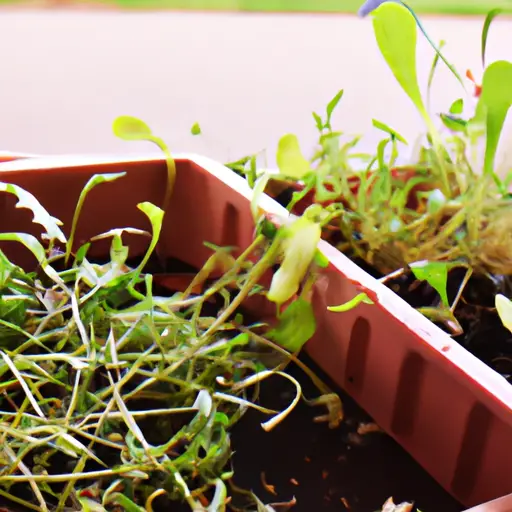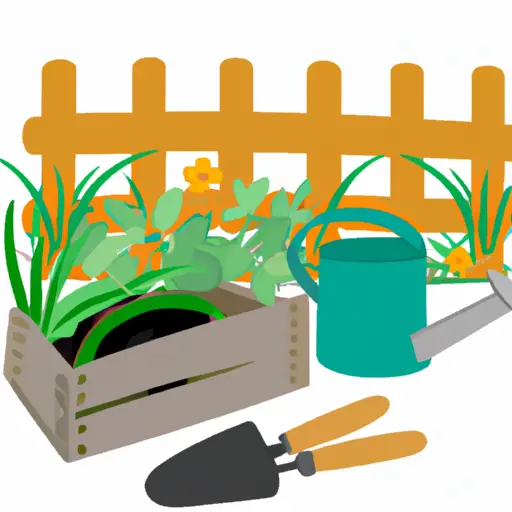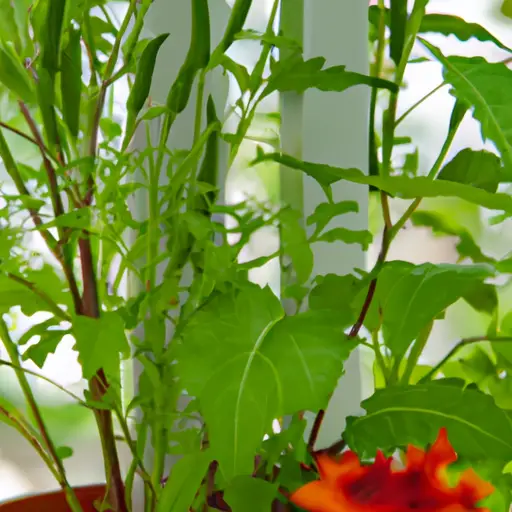Mastering the Basics of Successful Container Gardening
Container gardening has become increasingly popular in recent years, as it allows individuals with limited outdoor space to still enjoy the joys and benefits of gardening. Whether you have a small balcony, a tiny patio, or a windowsill, container gardening offers endless possibilities for growing your own plants, herbs, and vegetables. However, to ensure successful results with container gardening, it is crucial to master the basics. In this article, we will explore the essential elements of thriving container gardening and provide helpful tips to get started.
1. Choosing the Right Containers:
The first step in container gardening is selecting the right containers for your plants. Choose containers that are large enough to accommodate the plant’s root system while allowing sufficient room for growth. Ensure that the containers have drainage holes at the bottom to prevent waterlogging, which can lead to root rot.
2. Selecting Suitable Soil:
The soil you use plays a vital role in the health and growth of your plants. Opt for a high-quality potting mix that is well-draining but retains enough moisture for proper hydration. Avoid using garden soil as it may contain pests or diseases that could harm your plants.
3. Determining Proper Sunlight Exposure:
Before planting any seeds or seedlings in containers, it is vital to understand their sun requirements. Some plants thrive in full sun, while others prefer partial shade. Assess your available space and determine where sunlight reaches most during the day. Place sun-loving plants accordingly and ensure shade-loving ones receive adequate protection from direct sunlight.

4. Providing Regular Watering:
Container-grown plants rely on us for their water needs since they cannot access groundwater like those grown directly in soil do. It is crucial to water them regularly but avoid overwatering as it can drown roots or promote fungal growth. Check soil moisture levels by sticking your finger an inch into the soil – if it feels dry at that depth, it’s time to water.
5. Implementing Proper Drainage:
Effective drainage is crucial for healthy container gardening. As mentioned earlier, ensure that every container has drainage holes. Elevate the containers on pot feet or use a tray with pebbles underneath to avoid a stagnant water buildup. Excess water should be able to freely drain away.
6. Fertilizing Regularly:
To promote healthy growth and vibrant blooms, it is important to provide nutrients to your container plants through regular fertilization. Choose a slow-release organic fertilizer or liquid fertilizer specifically formulated for container gardening. Follow the instructions on the packaging and apply as directed.
7. Pruning and Deadheading:
Encourage proper growth and continuous blooming by regularly pruning your plants and removing spent flowers (a process known as deadheading). This redirects energy towards new growth and prevents plants from becoming leggy or unproductive.
8. Managing Pests and Diseases:
Container gardens are not immune to pests and diseases, so it is important to be vigilant in monitoring your plants for any signs of trouble. Inspect leaves regularly for pests like aphids or spider mites. If you spot any issues, promptly treat them using organic pest control methods or appropriate insecticides.

9. Rotating Plants:
Rotating your plants seasonally helps prevent soil depletion and allows different varieties to experience optimal sunlight exposure throughout the year. When replanting containers with new species, replace at least two-thirds of the soil to ensure adequate nutrition for the incoming plants.
10. Winterizing Container Plants:
For those living in colder climates, protecting container gardens during winter is vital for their survival. Move containers indoors or into a greenhouse before temperatures drop too low, as freezing temperatures can damage roots beyond repair.
In conclusion, container gardening offers endless possibilities even if you have limited space available. By mastering the basics of choosing suitable containers, providing proper soil and sunlight conditions, regular watering, effective drainage, fertilizing, pruning, pest management, seasonal rotation, and winterizing, you can successfully grow a thriving container garden. Embrace the joy of gardening regardless of your living situation and enjoy the benefits of fresh herbs, vibrant flowers, and homegrown vegetables right at your doorstep.














